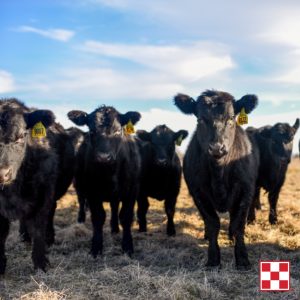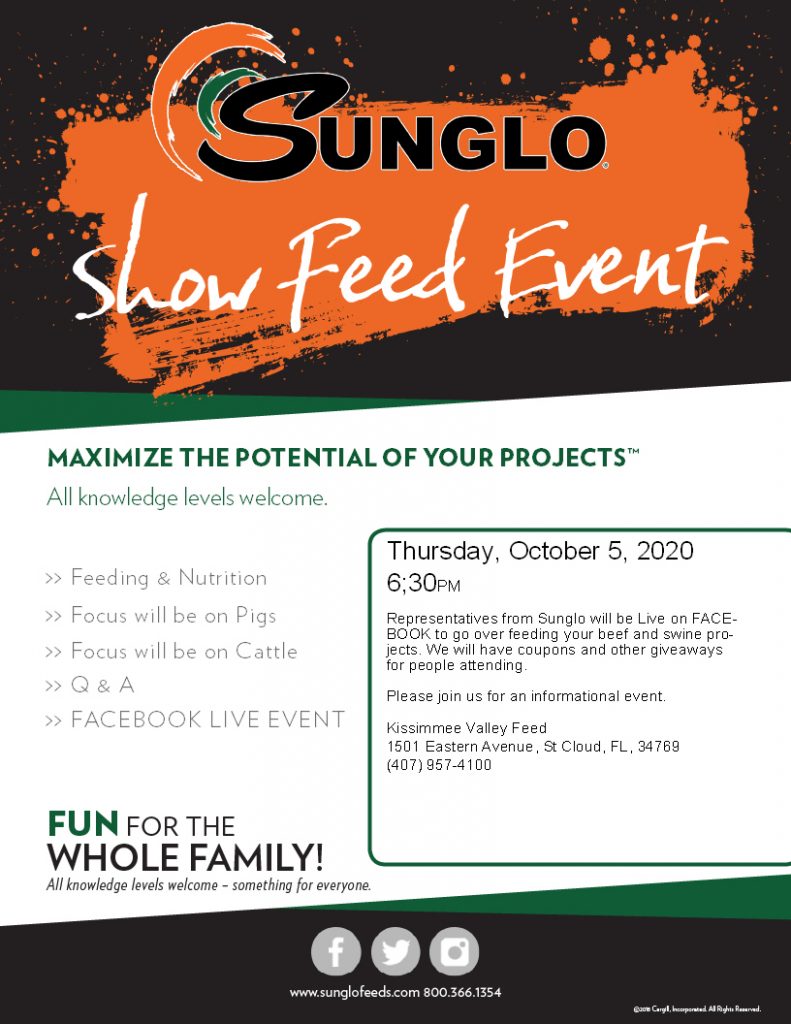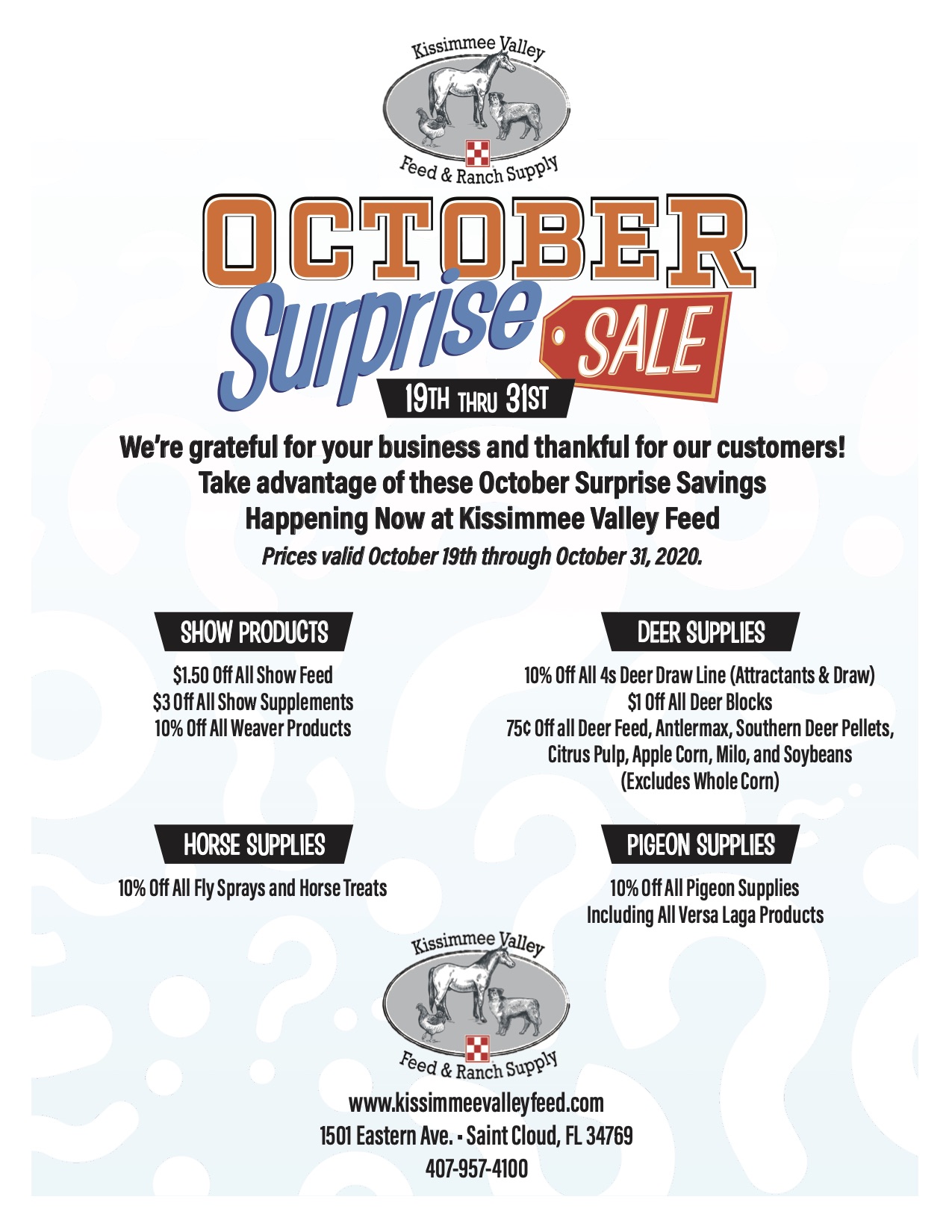 Preconditioning calves is one way that a farm or ranch can really add value, whether those cattle are staying on the farm or moving into a stocker or feedlot scenario. The producer implementing a preconditioning program may receive a higher premium. No matter where the calf goes after that, the opportunity for improved health and performance should be adding value from that program.
Preconditioning calves is one way that a farm or ranch can really add value, whether those cattle are staying on the farm or moving into a stocker or feedlot scenario. The producer implementing a preconditioning program may receive a higher premium. No matter where the calf goes after that, the opportunity for improved health and performance should be adding value from that program.
In times of high cattle prices, it’s not uncommon for producers to want to capitalize on prices as quickly as possible.
And, it’s no different for this year’s valuable calf crop. Producers are gearing up to cash in on their investment in producing and raising a healthy calf, but there are a few reasons to slow down and evaluate if this is the most profitable path. Could waiting a few months longer realize additional payoff?
Preconditioning cattle, which commonly includes a vaccination, nutritional and management program to help calves through a stressful timeframe, can be an investment, but it can be an investment with potentially bigger payoffs down the road.
Here are four reasons preconditioning calves makes ‘cents’:
1. Improved calf health
As many producers know, weaning can be a very stressful time for calves. Stress may cause them to go off feed, become immunocompromised and more susceptible to disease, or even result in death.
Calves that are preconditioned with an effective vaccination program and started on a high-quality nutrition program may be better equipped to handle this period of stress.
Research shows that preconditioned calves may have a significant reduction in treatment costs, as much as $29.50 per head, as well as 3.1 percent lower mortality rate in comparison to non-preconditioned calves.1 Investing in animal health with preconditioning can help cattle get through a stressful period, meaning potentially less treatment cost and more calves down the road.
2. Additional calf weight gain and increased feed efficiency
Selling calves at a later date that have gone through a preconditioning program (45 days or more) will have added weight versus calves that are sold at weaning.2 Additionally, research shows that calves that have gone through preconditioning have 7.2 percent better feed efficiency.1
Another study shows that preconditioning can add up to $61 per head to the value of heifers or $11.04 per hundredweight to the initial weaning weight.3
3. Seasonal market payoff
Preconditioning may provide an opportunity to sell calves in a more favorable market. In many instances, spring-born calves are weaned in October and are either sold at that point, or they are preconditioned to be marketed roughly 45 days later in November or December. Seasonal price indicators show that it may be more profitable to wait for higher prices in November or December, but that it varies based on market scenarios.4
Market prices for cattle can really fluctuate, and it’s important to have tabs on the market value at any given time, in comparison to what you’ll be investing in a preconditioning program. Cattle producers should always have a goal in place before starting a program.
4. Management premium
Despite the additional costs of vaccination and nutrition, research shows that conservatively, preconditioning may capture $50 to $75 per head of additional value.3 Whether you keep the set of calves on your operation for further development, or are looking to sell those calves to a stocker or feedlot operation, this added value can mean potential profit in the form of healthier animals and the resulting premiums.
When considering a preconditioning program, there are several critical management elements to keep in mind. Make sure preconditioned calves are acquainted with feed bunks and water troughs. Fresh, clean water should be offered at all times. In addition, calves should be offered a high-quality, balanced diet with the appropriate amount of energy, protein, minerals and vitamins.
Does your nutrition program stack up? Find out by visiting Kissimmee Valley Feed.
Article brought to you by Purina and Chris Forcherio, Ph.D. Beef Research Manager.
1Urban, R. & Grooms, D.L. (2012.) Prevention and control of Bovine Respiratory Disease. Journal of Livestock Science. 3:27-36. Retrieved March 16, 2015 from http://livestockscience.in/wp-content/uploads/2012/Bovine_Respiratory_Disease.pdf.
2Bailey, D. and Stenquist, N. Preconditioning calves for feedlots. Retrieved March 16, 2015 from
3Lalman, D. and Mourer, G. Effects of preconditioning on health, performance and prices of weaned calves. Retrieved March 16, 2015 from http://pods.dasnr.okstate.edu/docushare/dsweb/Get/Document-2013/ANSI-3529web2014.pdf
4Avent, R., Ward, C. and Lalman, D. Economic value of preconditioning feeder calves. Retrieved March 16, 2015 from http://pods.dasnr.okstate.edu/docushare/dsweb/Get/Document-1969/AGEC-583web.pdf.
 Join Sunglow Feed and Kissimmee Valley Feed for a Sunglo Show Feed event on Thursday, November 5, 2020, at 6:30 pm on our Facebook Page. You can find our Facebook page here.
Join Sunglow Feed and Kissimmee Valley Feed for a Sunglo Show Feed event on Thursday, November 5, 2020, at 6:30 pm on our Facebook Page. You can find our Facebook page here.






 Kissimmee Valley Feed pet center is pleased to offer these November 2020 specials!
Kissimmee Valley Feed pet center is pleased to offer these November 2020 specials! Preconditioning calves is one way that a farm or ranch can really add value, whether those cattle are staying on the farm or moving into a stocker or feedlot scenario. The producer implementing a preconditioning program may receive a higher premium. No matter where the calf goes after that, the opportunity for improved health and performance should be adding value from that program.
Preconditioning calves is one way that a farm or ranch can really add value, whether those cattle are staying on the farm or moving into a stocker or feedlot scenario. The producer implementing a preconditioning program may receive a higher premium. No matter where the calf goes after that, the opportunity for improved health and performance should be adding value from that program.